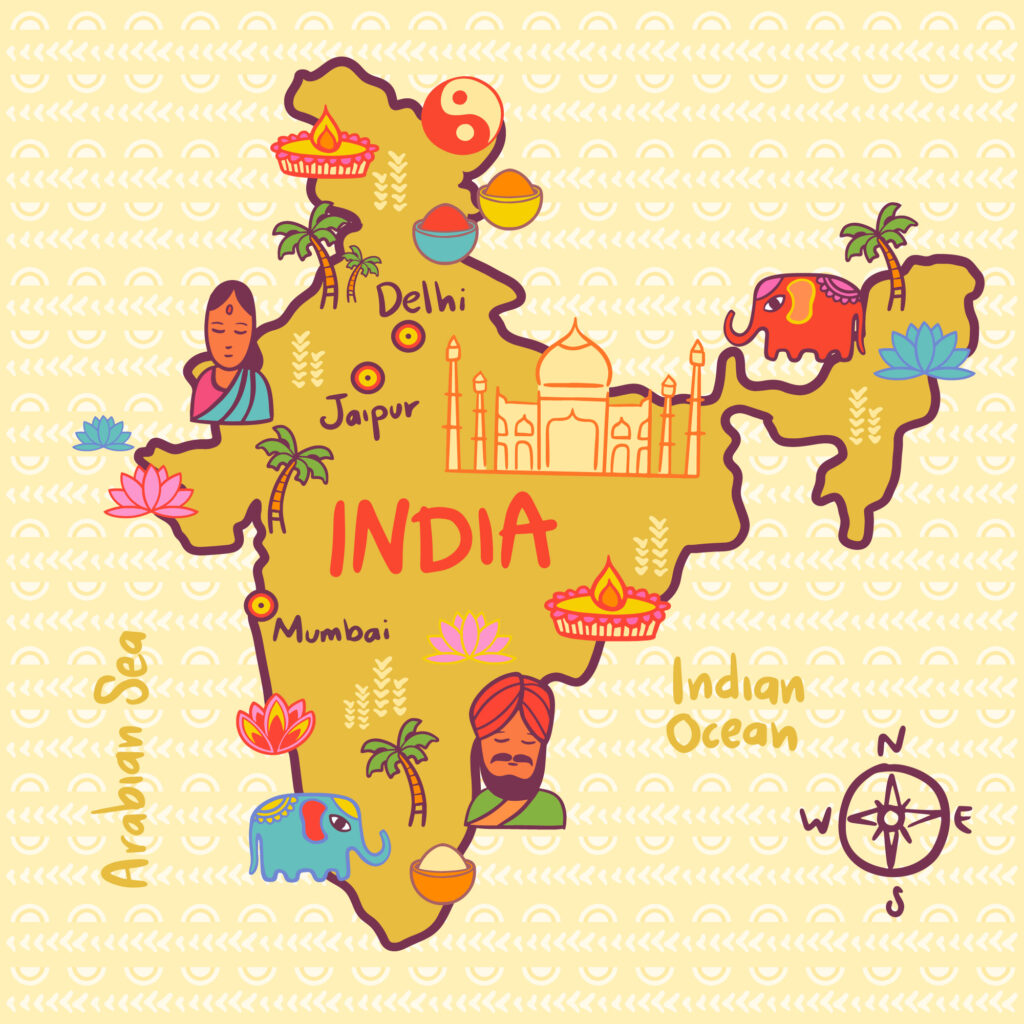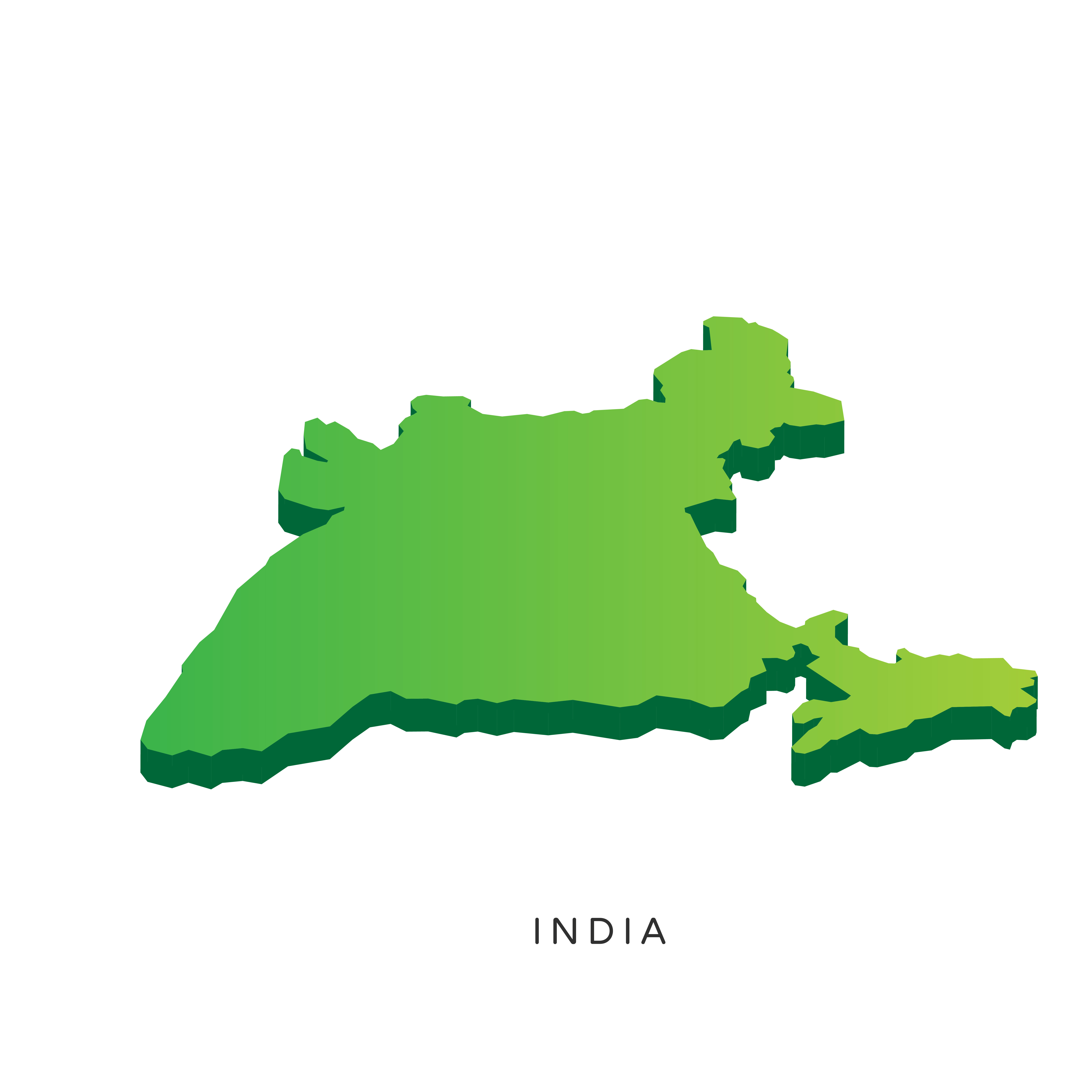The Formation of the Province of Odisha, located on the eastern coast of India, has a rich history that dates back thousands of years. The formation of this province is an integral part of India’s storied past and has shaped the cultural, political, and social landscape of the region. Let’s delve into the fascinating story of how Odisha came to be.
The roots of what is now known as Odisha can be traced back to ancient times, with evidence of human settlements dating as far back as the Stone Age. Over the centuries, various dynasties and empires ruled over the region, each leaving their unique imprint on its history.
One of the early great empires that ruled over modern-day Odisha was the Kalinga Empire. It was during this period that the region became a major center of trade and culture, with the port city of Kalinga (now known as Sisupalgarh) flourishing as a bustling hub. The Kalinga Empire was renowned for its maritime trade and the vast wealth it amassed through commerce with other civilizations, including the Greeks and the Romans.

However, the region faced various invasions and geopolitical changes over the centuries. It came under the rule of several powerful dynasties, including the Mauryas, Guptas, and Gajapatis. These rulers left their mark on Odisha’s art, architecture, and administration, contributing to the cultural heritage that defines the province to this day.
One of the most pivotal events in the formation of the present-day province of Odisha occurred during the British colonial period. Prior to British rule, Odisha was divided into multiple princely states and provinces, each under the control of different rulers. The British East India Company gradually expanded its influence over the region, with the establishment of the Bengal Presidency in the late 18th century.
However, due to various administrative challenges and the unique cultural and linguistic identity of Odisha, a movement for the formation of a separate province began to gain momentum. The Odia people, who had long fought for recognition and representation, spearheaded this movement. They sought to bring together all the Odia-speaking territories and unite them under a single administrative entity.
You can read our another post on 7 Amazing health benefits of Ajwain

Their efforts eventually bore fruit, and on April 1, 1936, the province of Odisha was formed as a distinct administrative unit, comprising the Odia-speaking regions of the Bengal Presidency, the Central Provinces, and the Madras Presidency. Cuttack was chosen as the capital of the new province.
The formation of Odisha as a separate province was a momentous occasion in the history of the region. It brought together various communities, tribes, and linguistic groups under a common identity, fostering a sense of unity and pride. The advent of provincial autonomy also allowed for greater representation and a chance for local leadership to govern in matters concerning the province.
Since its formation, Odisha has made immense strides in a multitude of fields. It has contributed significantly to Indian art, literature, and music, with its rich cultural heritage attracting tourists from across the globe. The province is also known for its natural beauty, with pristine beaches, lush forests, and diverse wildlife.
While Odisha has progressed leaps and bounds since its formation, it continues to face challenges such as poverty, infrastructure development, and environmental conservation. However, the spirit and resilience of the Odia people remain steadfast, as they strive to build a brighter future for their province.

Writer A FAQ For Formation of the Province of Odisha
What is the formation of the Province of Odisha?
The formation of the Province of Odisha refers to the establishment of the state of Odisha in India. It was formerly known as Orissa and became a separate province on April 1, 1936.
What were the factors that led to the formation of Odisha as a separate province?
The main factor that led to the formation of Odisha as a separate province was the linguistic and cultural identity of the people of the region. There was a strong demand for a separate province from various Odia social and political organizations, as they felt their distinct language and culture were not fully promoted and recognized under the colonial administration.
Who played a significant role in the formation of Odisha as a separate province?
Many notable individuals played a crucial role in the formation of Odisha as a separate province. Leaders like Madhusudan Das, Harekrushna Mahatab, and Nabakrushna Choudhury were at the forefront of the movement and worked tirelessly to realize the aspirations of the Odia people.
What were the administrative changes that occurred during the formation of the Province of Odisha?
During the formation of the Province of Odisha, there were several administrative changes. The region was separated from the Bihar and Orissa Province and given its own separate administrative structure, with a Chief Minister and a Governor. This allowed for greater autonomy and representation of the Odia people.
How has the formation of Odisha as a separate province impacted the region?
The formation of Odisha as a separate province has had a significant impact on the region. It has led to the development and promotion of the Odia language, culture, and heritage. The state has been able to address the specific needs and aspirations of its people, leading to overall development and progress in various sectors such as education, infrastructure, and healthcare.
Conclusion
In conclusion, the formation of the province of Odisha marked a turning point in the region’s history. It brought together diverse communities and established a strong sense of identity and unity. Today, Odisha stands as a testament to the cultural, historical, and natural treasures that define this enchanting province.

